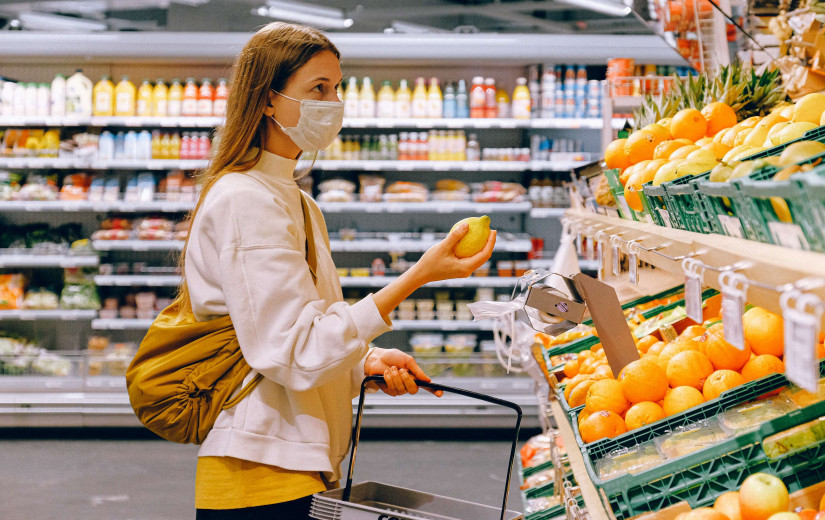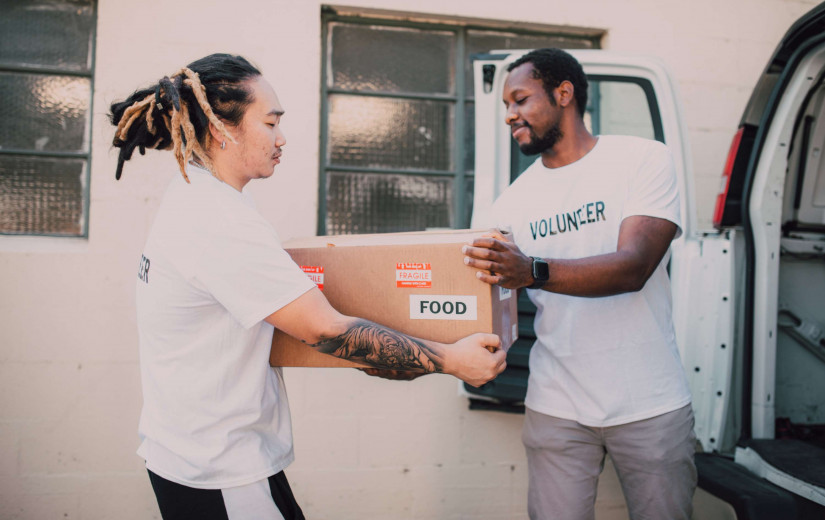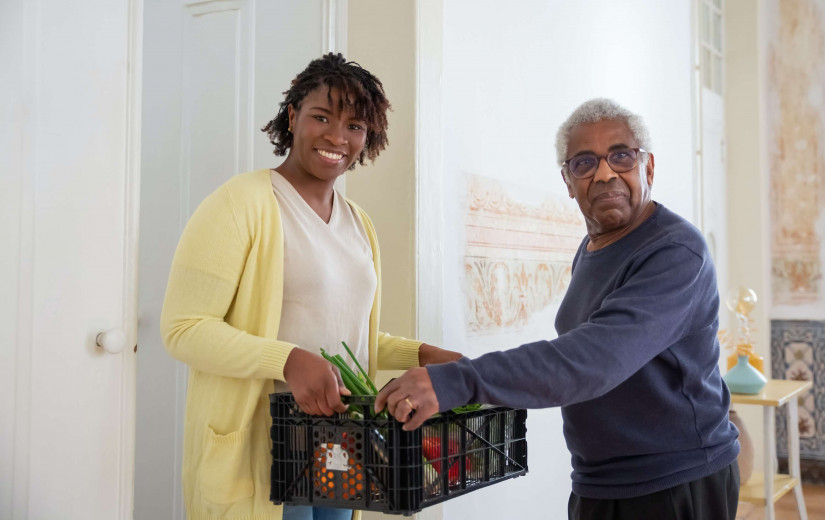How You Can Stay Safe if Your State is Lifting COVID-19 Restrictions
Over the last few months, the work of a nation came to a halt as the COVID-19 health crisis continued its grip across the world. However, at least 31 states will begin the reopening process over the next few days as government officials recognize the need to resume life. With the majority of states beginning to gradually reopen, you may be wondering what you can do to continue to protect yourself as you get back to some resemblance of normal. Here are a few tips to keep in mind if you plan on venturing outside of your home.
Restaurants
Depending on the state that you live in, your local restaurants will be employing varying levels of restrictions. If a restaurant offers outdoor seating, you would be wise to choose this option rather than eating inside where the air is more static. Before you head out to dine, it is a good idea to check with the restaurant to see what protections they have put in place. Questions to ask include how far apart the tables are spaced and whether or not the staff is required to wear masks when preparing and serving food. You should also be diligent about washing your hands both before and after you dine to mitigate the spread of the virus.
Gyms and Fitness Centers
It is understandable to want to get back to the gym after being forced to stay home. However, it is important to remember that gyms are hotbeds of germ spread and you must proceed cautiously if you plan on jumping back into your fitness routine in an enclosed area. If you are especially concerned about your risk of contracting the virus, choose individual routines over a group workout class. Be sure to use equipment that is properly spaced from the neighboring machine. You also need to wipe down the equipment with antibacterial wipes or spray both before and after you use it.
Public Transportation
Until this virus gets under control, it is a good idea to avoid all public transportation unless you absolutely need to use it. Before you hop on a train or bus, ask yourself if you can get to the same place by walking or on a bike. If you rely on this type of transportation to get to work, you can reduce your risk of exposure to COVID-19 by traveling during off-peak hours. Be mindful of every surface that you touch along your journey. For example, do you really need to grasp that handrail or can you get by with simply leaning against a solid surface? And with all types of public outings, it is especially important to avoid touching your face.
Grocery Stores
Going to the grocery store is an essential errand that most people cannot avoid. If you cannot get a grocery delivery and need to venture into a brick and mortar store, it is critical that you follow the right safety protocols. Limit your outings by shopping in bulk. Meal planning and making careful lists will reduce the odds that you have to get back out again. If the workers are not already doing it for you, be sure to wipe down all carts and baskets. Carrying your own antibacterial wipes and hand sanitizer with you as you venture out will ensure that you are always prepared. You can also protect yourself and others by wearing a protective face mask.
Parks and Beaches
With temperatures on the rise, more and more people are itching to get outside and enjoy the spring weather. If you arrive at a beach or park and notice that you will not be able to safely social distance, you should leave and find a different location. A crowded parking lot will tip you off that this is not a good idea. You should also avoid games that require close contact such as volleyball and basketball. Instead, opt for individual recreational activities such as running and cycling.
It is important to remember that just because these places of businesses are open, it does not mean that you have to rush out to visit all of them at once. Choosing your destinations with prudence and exercising caution will reduce your risk of contracting the virus and also help to prevent the spread.

















